In the 19th century, Greenwich, England (home of the Royal Observatory since 1675) was the center of the world–or at least seemed to be to the mariners who set their marine chronometers by Greenwich Mean Time (GMT).
GMT was the lodestone from which the mariners reckoned their longitude, as steadfast as the pull from the Poles was to a magnetic compass. Prior to the adoption of Greenwich Mean Time, each city in the world kept its own local time, determined by the position of the sun in the sky overhead. But in 1884, a conference called by U.S. President Chester Allen Arthur set a prime meridian “to be employed as a common zero of longitude and standard of time reckoning throughout the world.”
The United Kingdom had already settled on GMT for its railway systems, decreeing that “GMT be adopted at all stations as soon as the General Post Office permitted it.” But that proved more problematic in the United States, where Manifest Destiny resulted in railway timetables with over 100 local times in towns “from sea to shining sea.” It took years, but the U.S. railway companies were finally brought around to the notion of a universal time, and at noon on November 18, 1883 settled on a standard time for the nation’s railway system.
This laid the ground work for the International Meridian Conference in 1884, which set Greenwich as the geographical center of the world, 0 degrees longitude on world maps, where all of the world’s time zones begin. All points west of the Prime Meridian would subtract from GMT to determine longitude and local time, and the converse for all points east. A codified international time standard proved indispensable as steam-powered travel enabled passengers to travel for longer distances and in shorter intervals than ever before imagined.
Its importance was only magnified as the Jet Age dawned.
With the first transcontinental flight in 1953, the pilots of Pan American Airlines required a watch that could tell two timezones simultaneously. As the story goes, they approached Rolex, and in short order the Rolex GMT Master was born. The name is a bold declaration of what Rolex intended the watch to be: a true master of the time zones.
The Reference 1675 was introduced in 1960, becoming the gold standard of vintage Rolex GMTs–and perhaps one of the world’s most iconic sport watches. The black dial with the red-and-blue “Pepsi” bezel remains the most frequently-seen, associated with the intrepid pilots of Pan-Am, and even with NASA. The 1675 featured crown guards and was powered by the Caliber 1565 movement, and later, the Caliber 1575.
Deeply engrained in the psyche of the watch collecting world, the Rolex GMT Master Reference 1675 has become an benchmark of style, function and quality, standing alongside the other icons in the horological pantheon. For many, the question is not whether one should or should not own a 1675, but rather, when.
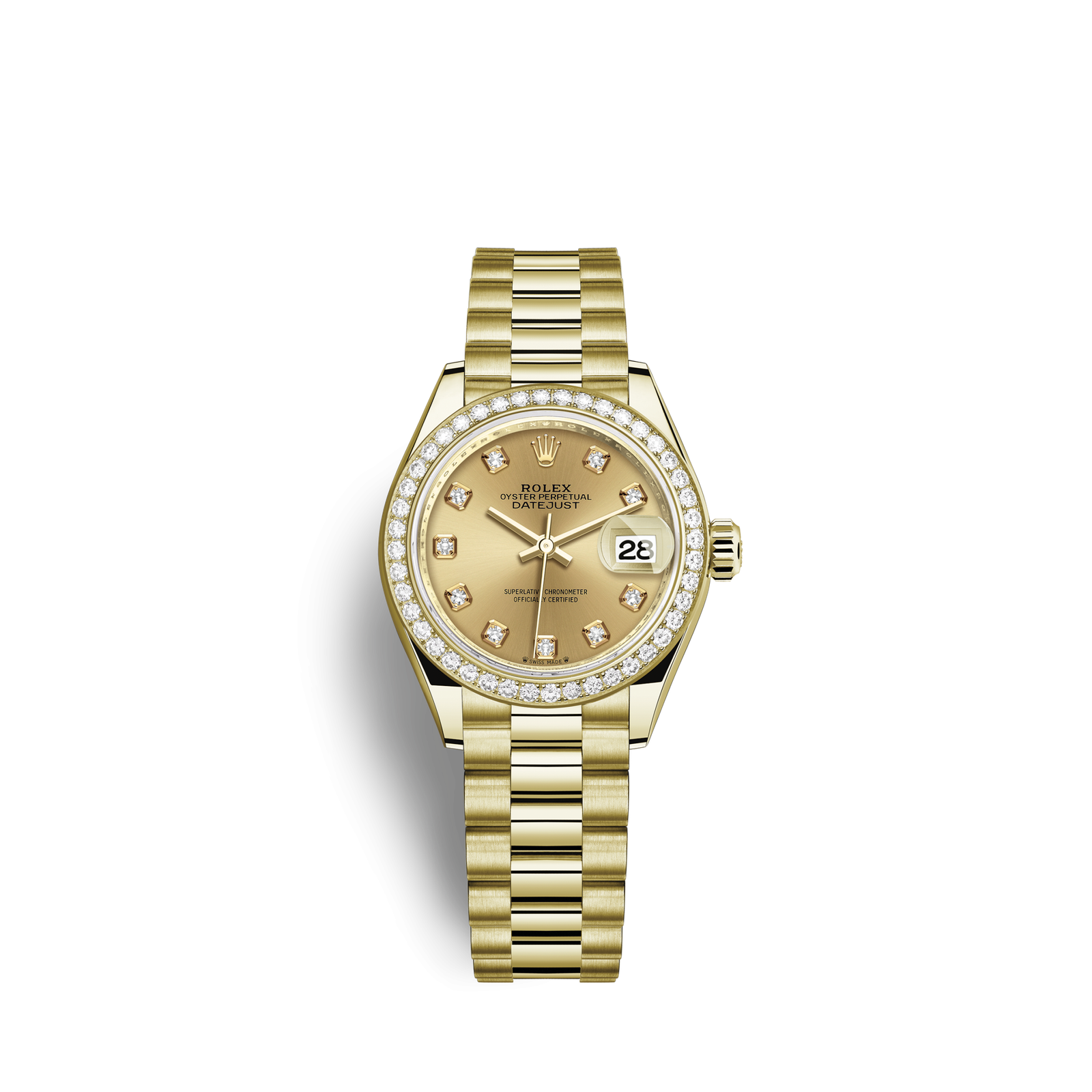

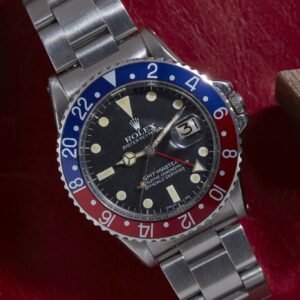
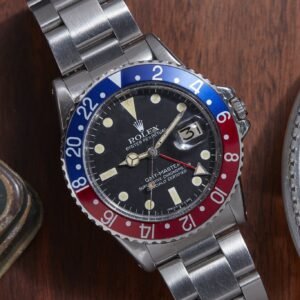
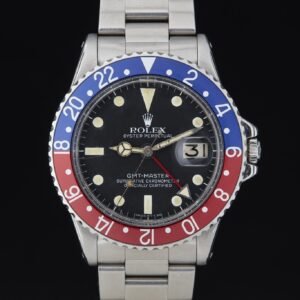
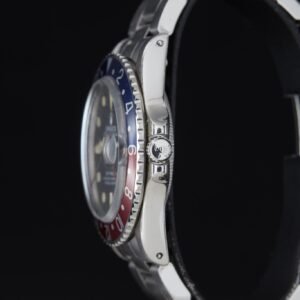

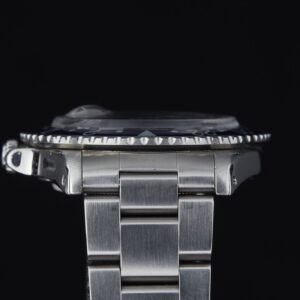
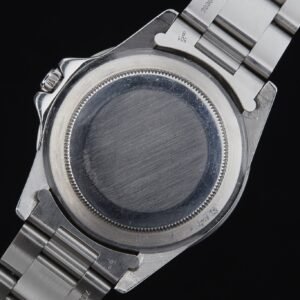
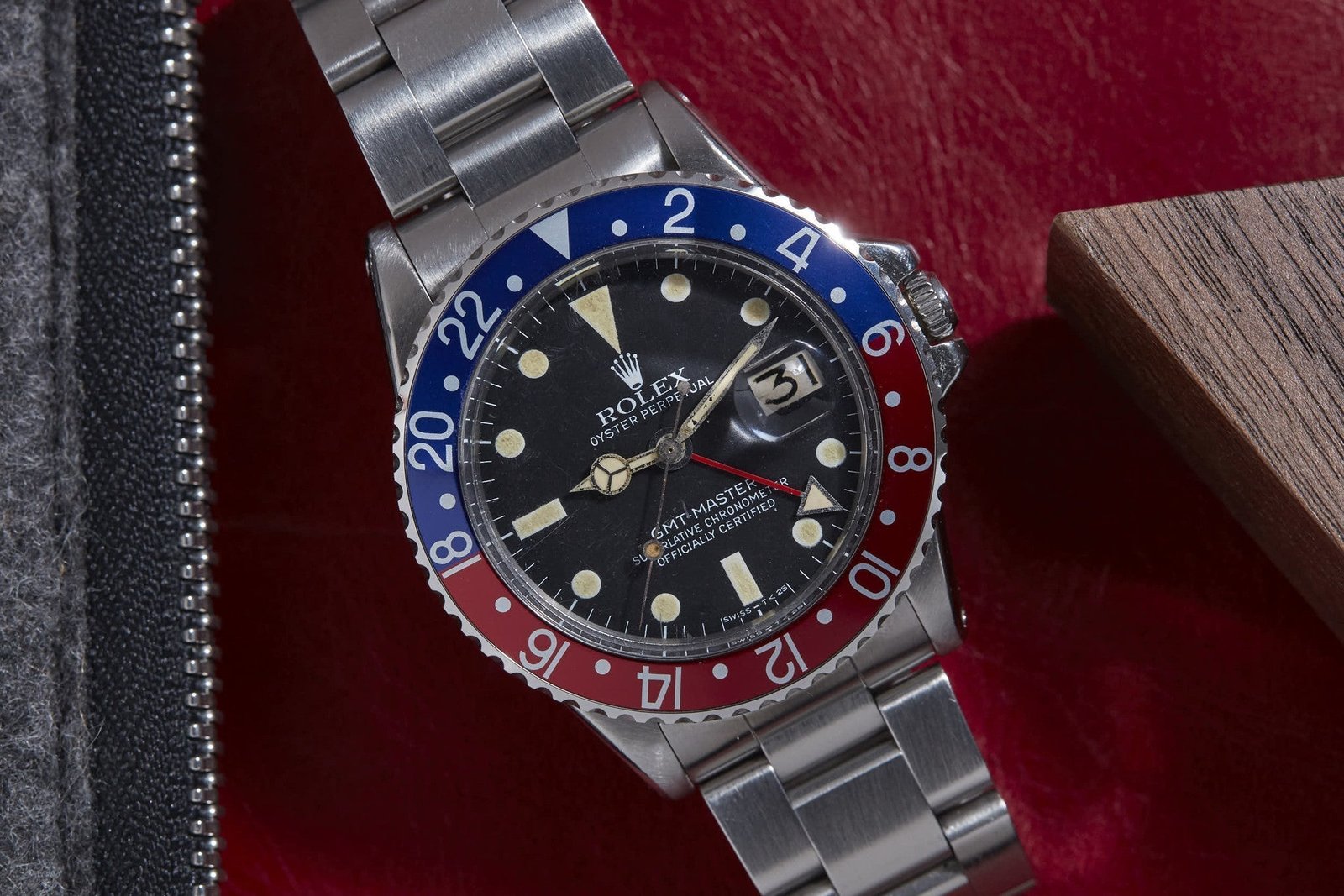



Reviews
There are no reviews yet.